Having a sudden and uncontrollable urge to urinate (or even succumbing to the odd accident) isn’t fun. It can be deeply inconvenient, and not to mention a little embarrassing. But for many women post-pregnancy, during menopause, or at other stages in their lives, an overactive bladder is an unwelcome reality.
While having an overactive bladder is common — around 1 in 6 women in the UK live with one — constantly experiencing that ‘gotta go’ feeling can make everyday life awkward to navigate. Will I reach the toilet in time when the urge strikes? Will I be back-and-forth to the bathroom all night?
Fortunately, the symptoms of an overactive bladder can usually be alleviated through at-home remedies such as Kegel exercises and bladder training techniques, allowing you to regain control of your bathroom visits.
To help you overcome that uncontrollable urge to pee, let’s delve into the main causes, symptoms, and treatments for an overactive bladder.
What is the leading cause of an overactive bladder?
An overactive bladder occurs when the bladder wants to empty before it’s full. A healthy bladder will be relaxed when it isn’t full, and as it fills with urine, the brain signals to the bladder that you need to pee. You feel the urge to go to the toilet, but you know you can control it until you find a bathroom.
With an overactive bladder, the signals between the bladder and brain are firing at the wrong times. You may feel a sudden, overwhelming urge to urinate before the bladder is actually full, or the muscles around the bladder might start to contract to squeeze out urine before it’s full to capacity. This also causes a sudden urge to pee.
Factors that can lead to an overactive bladder include:
Pregnancy and childbirth: The strain that’s placed on your pelvic floor muscles during pregnancy and childbirth can cause them to become weaker, which can lead to an overactive bladder.
Infections: Urinary tract infections (UTIs) and other similar infections can irritate your bladder nerves and cause them to contract without warning.
Nerve damage: Trauma and nerve damage may cause your body to send signals to your brain and bladder to pee at the wrong time (for example, if you’ve had pelvic surgery or a stroke).
Menopause: The hormonal changes you experience during the menopause may cause an overactive bladder and lead to unwanted urine leakage.
Being overweight: Carrying extra weight can put your bladder under additional strain, which can lead to urge incontinence.
Alcohol, caffeine, and certain medications: These can affect the hormones that regulate water processing in your body, and irritate the bladder, causing increased urination.
What are the four main symptoms of an overactive bladder?
An overactive bladder (also known as OAB) may cause you to suddenly experience an uncontrollable urge to pee, to urinate more frequently, to have to go the bathroom multiple times during the night, or to unintentionally leak urine before you’ve reached the toilet (all of these fall under the general umbrella of urinary incontinence).
Either way, recognising your unique symptoms will help you understand how to treat your overactive bladder and prevent urine leakage.
The four main overactive bladder symptoms include:
Urgency: A sudden urge to pass urine that can’t be put off — you need to go to the toilet there and then!
Frequency: You find yourself going to the toilet very frequently — for example, eight or more times in a 24-hour period.
Nocturia: You deal with a weak bladder at night and may need to get up to use the toilet multiple times.
Incontinence: The sudden urge to go to the toilet means you often experience leaking.
How do you fix an overactive bladder?
An overactive or leaky bladder isn’t something you have to live with forever; if you’re wondering how to treat overactive bladder symptoms, there are a number of recommended at-home remedies and over-the-counter treatments that can improve bladder control, reduce the sudden and frequent urge to pee, and help you avoid embarrassing leaks.
Overactive bladder home remedies
If you’re suffering from an overactive bladder, there are a number of natural remedies that you can try from the comfort of your own home, which involve performing specific exercises, applying bladder training techniques, and making some minor lifestyle tweaks. Natural remedies for frequent urination in females include:
Kegel exercises
Kegel exercises are typically the first recommended at-home treatment for overactive bladder symptoms. Kegels are a set of pelvic floor exercises that can strengthen the pelvic muscles and improve bladder control issues, which means fewer bathroom emergencies, fewer leaks, and the ability to hold urine for longer.
To perform Kegel exercises for overactive bladder control, follow these steps:
After going to the toilet and emptying your bladder, lie down on your back.
Identify your pelvic floor muscles (imagine you’re trying to hold your pee mid-flow; these are the muscles you’ll be squeezing).
Lift your pelvis off the floor and tighten your pelvic floor muscles as you do. Hold tight and count for 3 to 5 seconds.
Relax the muscles and count for 3 to 5 seconds.
Repeat 10 times, 3 times a day (morning, afternoon, and night).
If you’re struggling to perfect your Kegel technique, the award-winning Elvie Trainer can improve the results of your Kegel exercises in just 4 weeks by enhancing your pelvic floor movements. This can help you more quickly address the symptoms of OAB.
Bladder retraining
Alongside practising Kegel exercises, one of the best ways of treating an overactive bladder is to retrain your bladder by forming new habits. When you feel the urge to pee, try to resist for as long as you can. Your body conditions your bladder muscles to react a certain way, and by resetting your bladder muscles you may hold your pee for longer and reduce the urgency to go.
It may also be helpful to pee according to a timetable (for example, going once every 2 to 4 hours) rather than responding to feelings of urgency, while you may find it useful to keep a bladder diary to track what (and how much) you drink, how often you go to the bathroom, and when you experience leakage.
Cutting back on known triggers
Caffeinated drinks such as tea and coffee can increase bladder activity and make the symptoms of an overactive bladder even worse. One of the simplest overactive bladder home remedies is to reduce the amount of tea or coffee you drink (or switch to decaf), as well as limiting alcohol and carbonated drinks, which can have a similar effect.
You should also try to cut back on spicy foods, acidic foods and drinks, tomatoes and tomato-based products, and — unfortunately — chocolate, as these may also cause bladder irritation and increase the urge to urinate.
Managing your diet
Bladder problems are often made worse by constipation, so eating a varied and well-balanced diet is key. Fibre-rich foods such as veggies, whole grains and dried fruits will keep your bowels regular and prevent stomach pain and blockages, which can put further strain on your bladder. This may alleviate the frequent urge to pee and give you a little more control over your bladder.
If you’re overweight, this can also put a lot of additional pressure on your bladder and make urine leakage more likely. Try to manage your weight by switching to a healthier diet and keeping as active as you can.
Overactive bladder medication over the counter
While natural, at-home remedies will usually be the first recommended treatment option for an overactive bladder, medication is available over the counter if these methods have proved ineffective — or alternatively, if you just want to give yourself some extra protection from sudden urges and unwanted leaks.
The most common medical treatment for an overactive bladder is a drug known as oxybutynin (sold under the brand name Ditropan), which works by relaxing the muscles around your bladder and allowing it to hold more urine. While the medication comes in tablet or liquid form, it is only available on prescription as a patch which you attach to the skin.
Supplements for overactive bladder
While there’s not a whole lot of data to support the effectiveness of supplements and herbal remedies in the treatment of an overactive bladder, they may provide relief from the condition in some cases. For example:
The Incontinence Institute suggests that ensuring you have sufficient vitamin D levels may reduce the likelihood of a pelvic floor disorder, which can lead to bladder control issues. If your vitamin D is low, you may take a supplement to increase it.
Some research suggests that magnesium hydroxide can reduce muscle spasms, which can sometimes lead to incontinence. Taking magnesium supplements, therefore, may help to improve bladder control.
The Japanese herbal blend gosha-jinki-gan is one of the most studied herbal remedies for an overactive bladder, with research suggesting that people who took it daily for 8 weeks went to the bathroom less; however, more quality clinical trials are required to support this.
What is the best sleeping position for an overactive bladder?
If you’re specifically looking for natural remedies for an overactive bladder at night — for example, because you have nocturia, a condition that causes you to wake up during the night to urinate and can result in disturbed sleep — something as simple as changing your sleeping position may help.
Certain positions like sleeping on your front can put more pressure on your stomach and your bladder, which will only increase your need to pee through the night. Alternatively, sleeping on your side or on your back with your legs raised can relieve pressure on the bladder and reduce the number of times you need to wake up to visit the bathroom.
Don’t let an overactive bladder take over your life. Whether you’re postpartum or have simply noticed a change in your ability to control your bladder, frequent urination, uncontrollable urges, and unwanted leakage can be treated. Incorporate Kegel exercises and other lifestyle changes into your routine, and take back control of your bladder.
The medical information in this article is provided as an information resource only and is not to be used or relied on for any diagnostic or treatment purposes. Please consult your doctor for guidance about a specific medical condition.


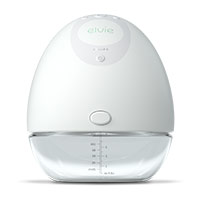
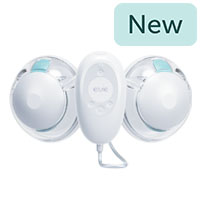
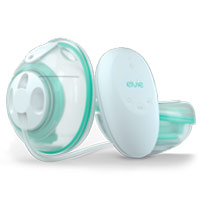
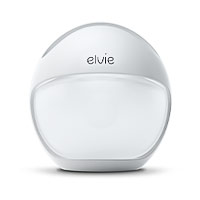
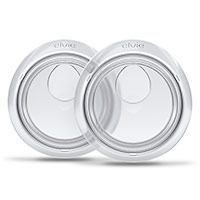
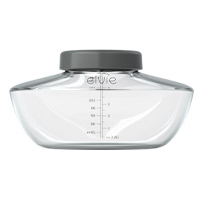
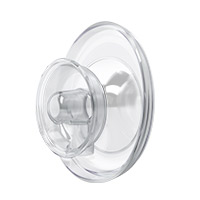

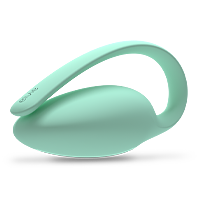
 9 minute read
9 minute read